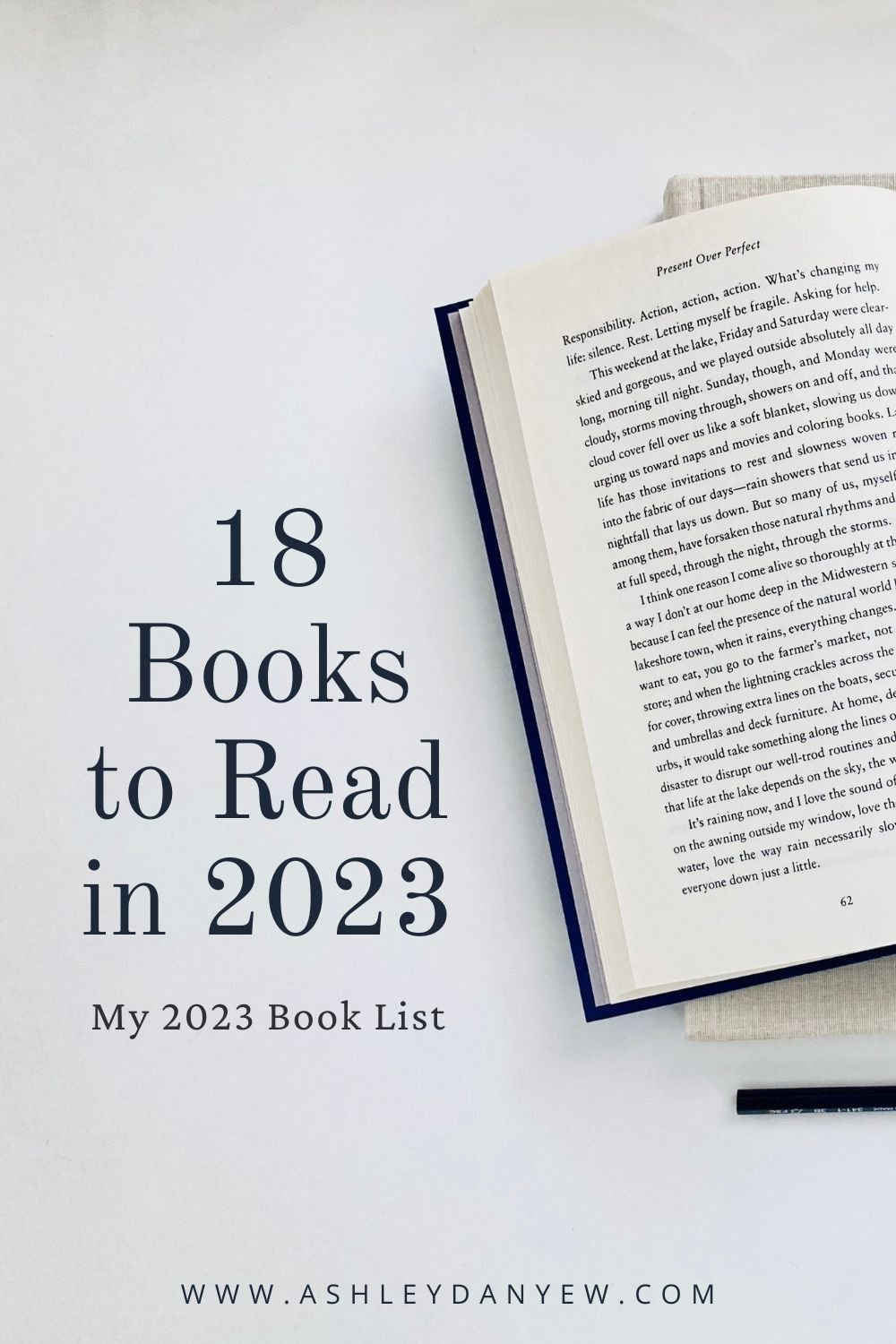I love working with beginning piano students.
Our lessons are always full of imagination and creative exploration—their eyes wide with excitement and wonder when they make a connection or discover something new—and I always learn so much about myself as a teacher as we walk those first steps in their musical journey together.
That being said, we all know that when learning a new instrument, productive practice time at home is essential to learning and developing as a musician.
Most of us see our beginning students for only 30 minutes a week, so time spent at the keyboard in between lessons can really make or break a student’s progress and the fulfillment they find in music-making.

















